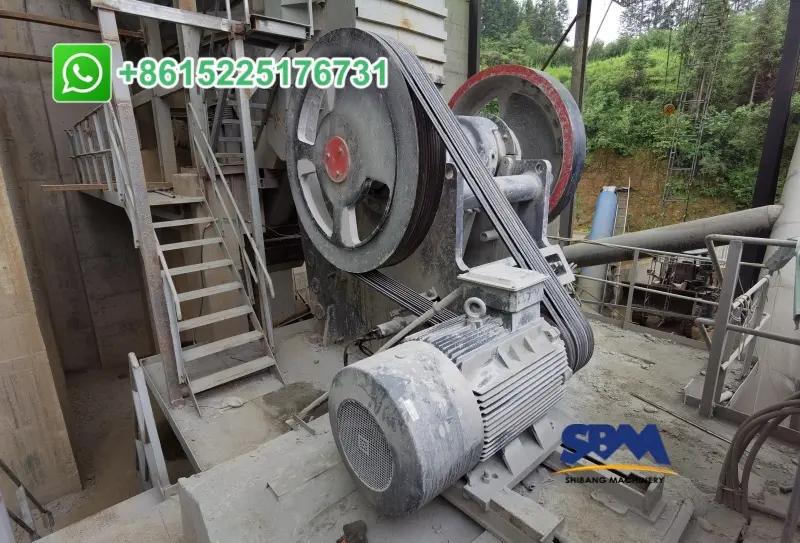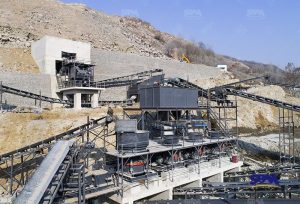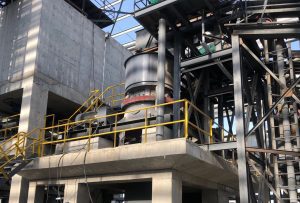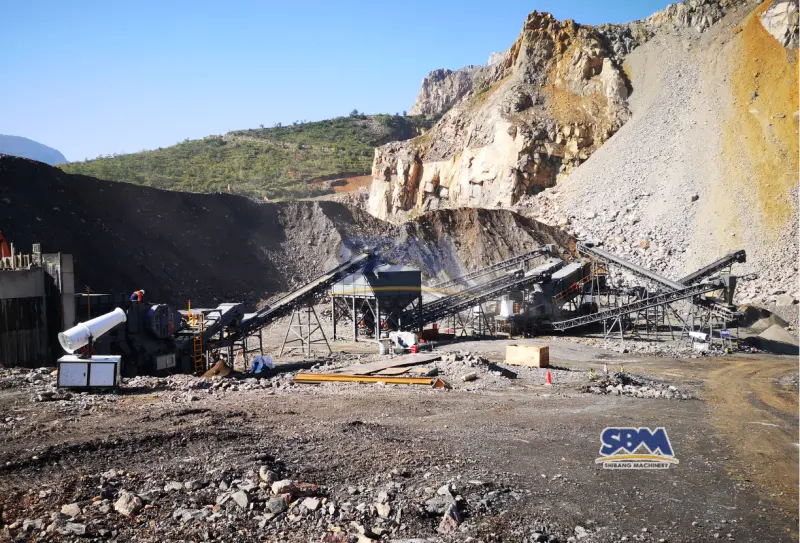Email: [email protected]
The Equipment and Process for Recycling Building Materials
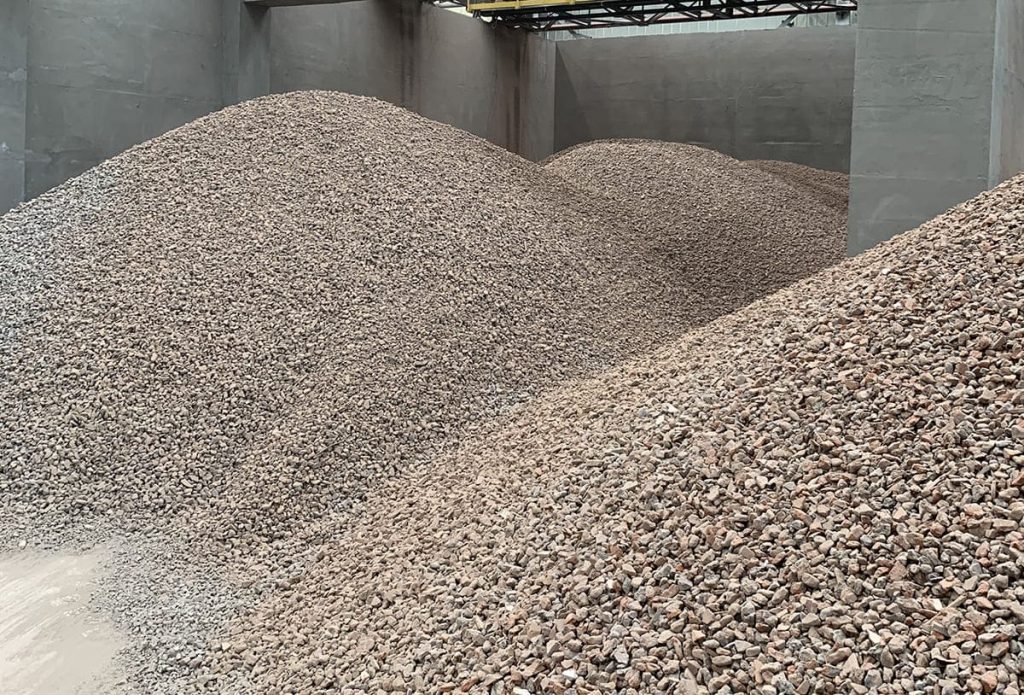
[icon name=”arrow-right” prefix=”fas”] Introduction
The process for recycling building materials involves the collection, sorting, and processing of materials from construction and demolition sites. These materials can include concrete, wood, metal, and asphalt, among others. The goal of recycling building materials is to reduce waste and conserve natural resources by reusing materials that would otherwise end up in landfills. Recycling building materials also has the potential to save money and reduce the environmental impact of construction projects.
[icon name=”arrow-right” prefix=”fas”] The Equipment and Process for Recycling Building Materials
Recycling building materials is an essential process that helps to reduce waste and conserve natural resources. The process involves collecting, sorting, and processing materials that are no longer needed in a building project. These materials are reusable in new construction projects, reducing the need for new materials and minimizing the building’s environmental impact.
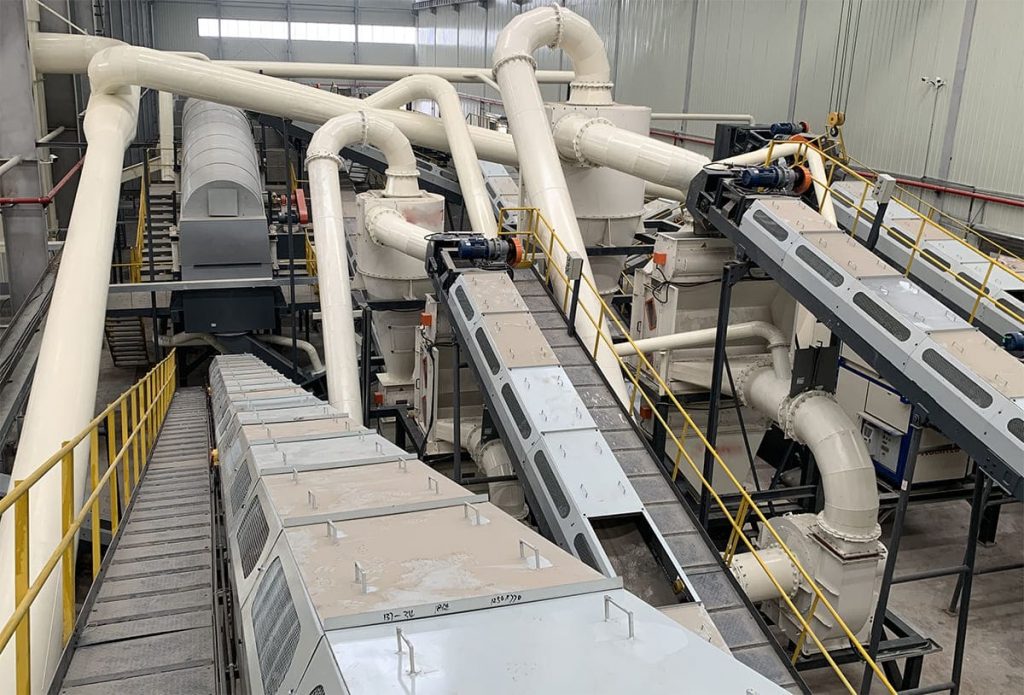
[icon name=”1″ prefix=”fas”] The Equipment for Recycling Building Materials
The equipment used in the recycling process varies depending on the type of material being recycled. For example, we can crush concrete and asphalt using crusher equipment, while wood and metal require different processing methods. The equipment used in the recycling process must be able to handle large volumes of material and be capable of separating different types of materials for processing.
[icon name=”2″ prefix=”fas”] The Process for Recycling Building Materials
The first step in the recycling process is to collect the materials that are no longer needed. We can do this by deconstructing buildings or collecting materials from construction sites. After collecting the materials, we will sort them into different categories according to their type. This is an important step in the process, as it ensures that the materials can be processed efficiently and effectively.
Once we have sorted the materials, we process them using specialized equipment. For example, we can use a crusher to crush concrete and asphalt, breaking the material into smaller pieces. We can then use the smaller sections as the basis for new construction projects. We can chop wood, we can melt metals and reuse them in new construction projects.
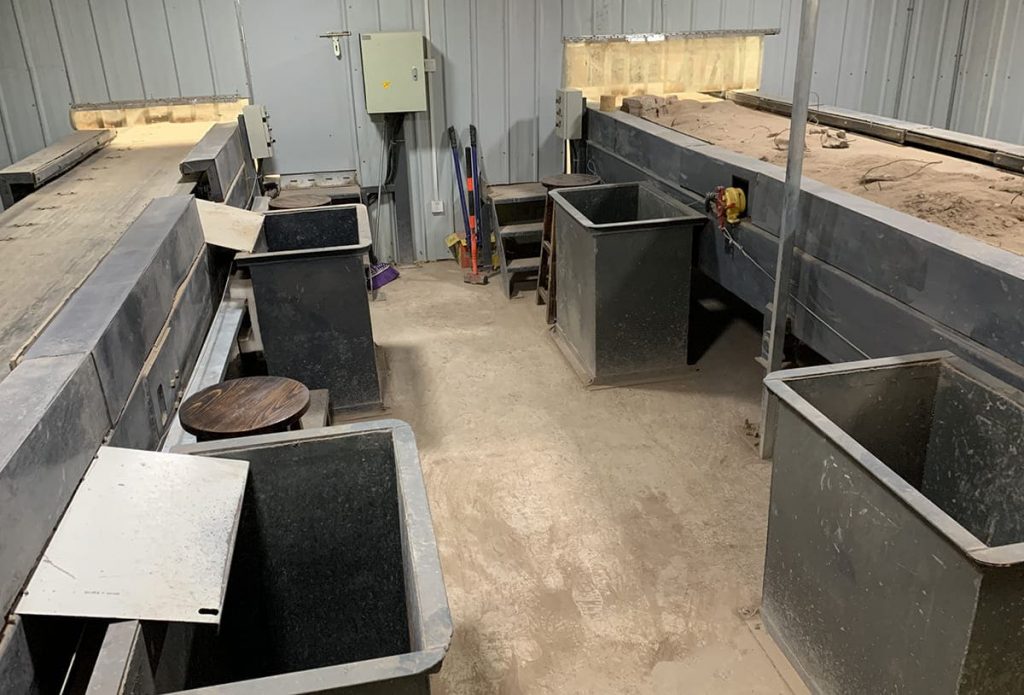
The recycling process for building materials is not only environmentally friendly, but it can also be cost-effective. By reusing materials, construction companies can save money on the cost of new materials. Additionally, recycling building materials can help to reduce the amount of waste that ends up in landfills, which can help to reduce the environmental impact of construction.
In addition to the equipment used in the recycling process, there are also several steps that must be taken to ensure that the process is effective. For example, we must sort and process materials properly to ensure they can be reused in new construction projects. Additionally, we must conduct the recycling process in a manner that is safe for workers and the environment.
Overall, the process for recycling building materials is an important step in reducing waste and conserving natural resources. The equipment used in the process must be able to handle large volumes of material and be capable of separating different types of materials for processing. The process involves collecting, sorting and disposing of materials that are not useful in construction projects. By reusing materials, construction companies can save money on the cost of new materials and help to reduce the environmental impact of construction.
[icon name=”arrow-right” prefix=”fas”] How to Choose the Right Equipment for Recycling Building Materials
[icon name=”1″ prefix=”fas”] Influencing factor 1: The Type of Building Materials
The first step in choosing the right equipment is to identify the type of building materials that need to be recycled. Building materials generally fall into two categories: natural materials and synthetic materials. Natural materials include wood, stone, and clay, while synthetic materials include plastics, metals, and glass. Each type of material requires different equipment for recycling.
For natural materials, the most common equipment used for recycling is a wood chipper or grinder. These machines break down wood into small chips or sawdust. The use of these small wood chips or sawdust is fuel or mulch. We can crush stone and clay using jaw crushers or impact crushers. These machines break down large rocks into smaller pieces. The use of these small pieces of material is construction or landscaping.
For synthetic materials, the most common equipment used for recycling is a shredder or granulator. These machines are designed to break down plastics, metals, and glass into small pieces that can be melted down and reused. Shredders are ideal for processing plastics and metals, while granulators are better suited for processing glass.
Once you have identified the type of building materials that need to be recycled, the next step is to consider the volume of materials that need to be processed. If you are processing large volumes of materials, you will need equipment that can handle high throughput rates. This may require investing in larger machines or multiple machines to handle the volume.
[icon name=”2″ prefix=”fas”] Influencing factor 2: The Size and Shape of The Materials
Another factor to consider is the size and shape of the materials. Some materials, such as wood and stone, can be irregular in shape and size. This requires equipment that can handle a variety of shapes and sizes. For example, a wood chipper or grinder should be able to handle branches, logs, and stumps of varying sizes.
[icon name=”3″ prefix=”fas”] Influencing factor 3: The Cost of The Equipment
The final factor to consider is the cost of the equipment. Recycling equipment can be expensive, and it is important to consider the return on investment. If you are processing large volumes of materials, the cost of the equipment may be justified by the savings in waste disposal fees and the potential revenue from selling recycled materials.
In conclusion, choosing the right equipment for recycling building materials requires careful consideration of the type of materials, volume, size and shape, and cost. By investing in the right equipment, construction companies can reduce waste, conserve natural resources, and contribute to a more sustainable future.
[icon name=”arrow-right” prefix=”fas”] Conclusion
Recycling building materials is an important process that helps to reduce waste and conserve natural resources. It involves the collection, sorting and processing of materials such as concrete, wood and metal. We can then reuse them in new construction projects. By implementing effective recycling programs, we can reduce the environmental impact of the construction industry and create a more sustainable future.

